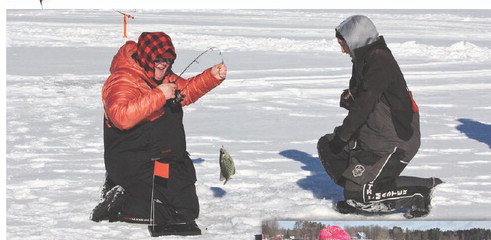County hears wind turbine plans for area
Wind energy project in Clark County could extend into Little Black


Windmills could be coming to southern Taylor County.
Representatives from RWE, a German multinational energy company headquartered in Essen, Germany, ca...




